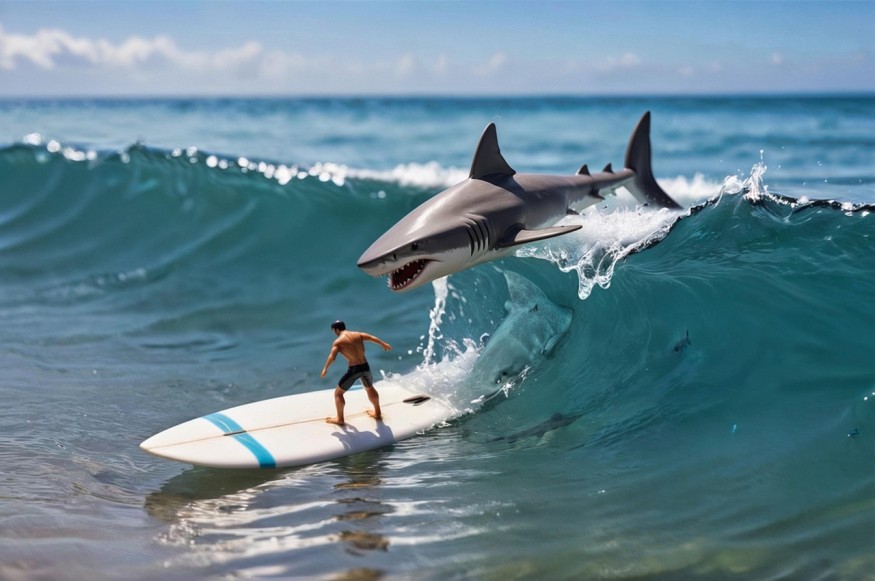
A surfer's morning routine turned into a near-death encounter at Cabarita Beach on Monday when a suspected juvenile Great White shark bit through his surfboard while he was still sitting on it.
According to reports, Brad Ross, a resident of the town, was surfing just after 8 am when the shark struck. 'It's just grazed his leg, mouth has just gone over his thigh and like got the board,' witness Grace Shaw told 7NEWS. Ross escaped with minor injuries, managing to paddle back to shore with a shattered board.
This marks the second shark incident at Cabarita Beach in recent weeks, reigniting concerns around the growing frequency of such encounters along Australia's coastline.
The Great White's Stronghold Down Under
Australia has long been one of the most active regions for white shark encounters, both fatal and non-fatal. But why is the island continent such a stronghold for this aquatic predator?
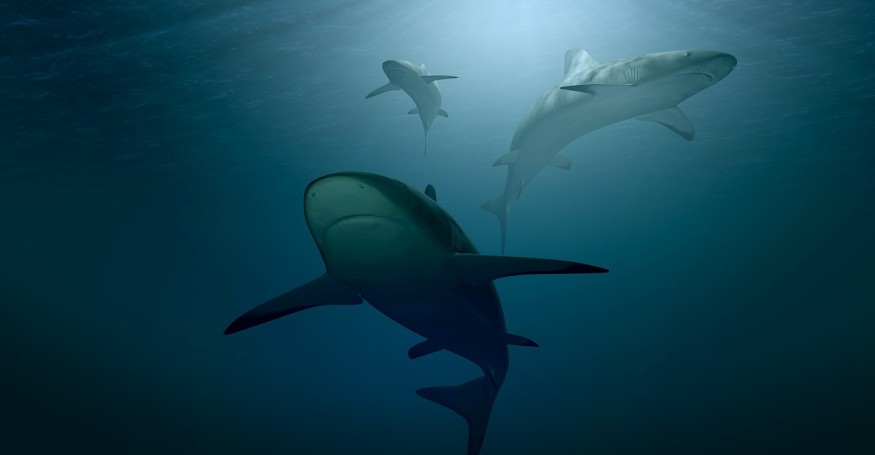
According to experts, the answer lies in geography and ecology. They say that Australia's southern and eastern coasts, stretching from Western Australia to New South Wales, are rich in cold currents, diverse marine life, and remote environments, which are ultimately perfect conditions for white sharks to thrive.
Salisbury Island, located 30 nautical miles off Western Australia's southern coast, is one such region now gaining recognition as a haven for white sharks. Conservationists have found that the untouched waters surrounding the island support an unusually healthy population of Great Whites, alongside thriving colonies of seals and other marine life.
Dr. Sylvia Earle of Mission Blue highlighted this balance, saying, 'Salisbury Island's healthy marine ecosystem and white shark population is a tremendous cause for hope.'
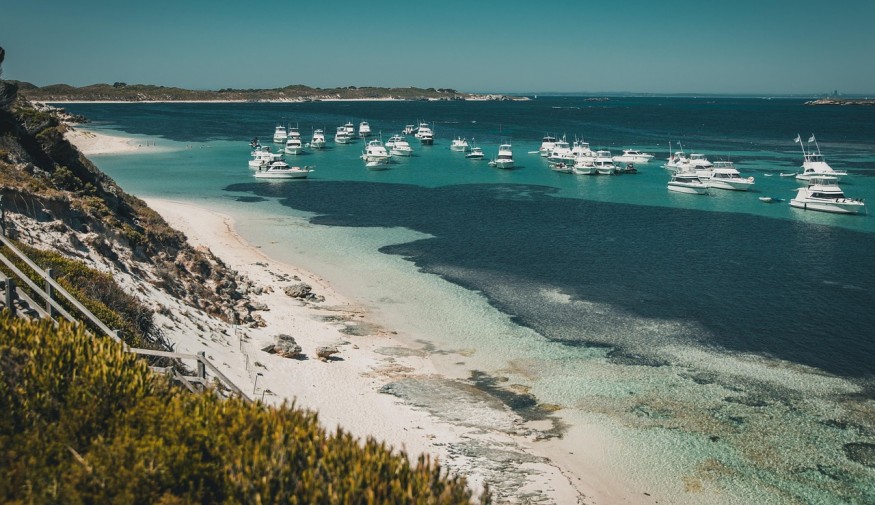
However, as good as it sounds for the sharks and the healthy marine life, this ecological richness brings humans and sharks into closer contact and especially in popular surf spots like Cabarita.
Are Australian White Sharks More Dangerous?
Shark attacks are rare, but Australia sees more than most countries, with an average of 22 shark bites per year between 2010 and 2022, according to the Australian Institute of Health and Welfare. From 2000 to 2022, there were 466 shark attacks in Australian waters, most (372) occurring near the coast, the report published by the Institute says.
While the overall risk remains low relative to the population, some observers suggest that Australian Great White Sharks behave more aggressively than their counterparts elsewhere.
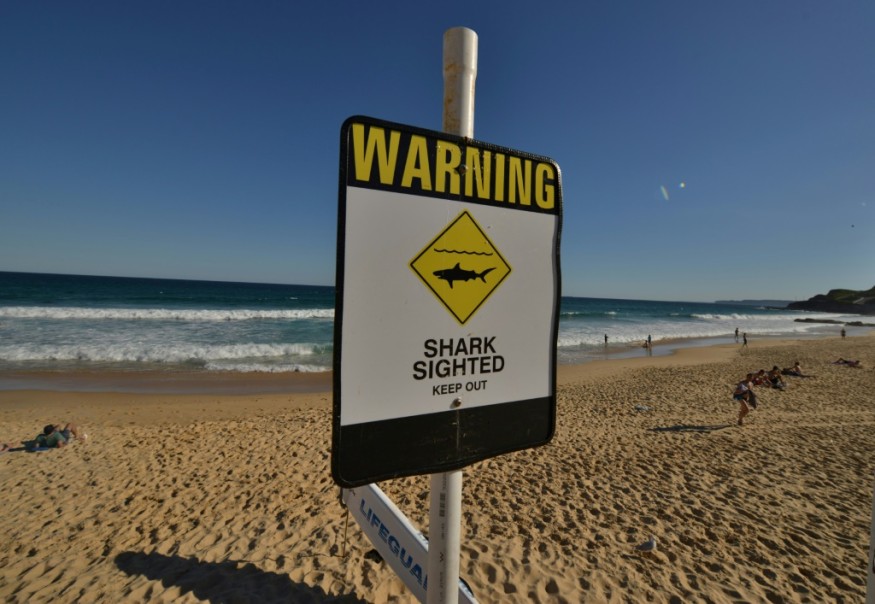
Reddit user and shark conservationist 'SharkBoyBen9241' notes that Great Whites in Australia often deliver multiple bites and occasionally consume their victims. In contrast, those off California typically take a single exploratory bite and retreat.
'There absolutely is a notable difference in how white sharks attack people in Australia compared to how they attack people in California,' he writes.
Australia Has Witnessed A Series of Recent Shark Attacks
Though these behavioural claims are anecdotal, they seem to echo a disturbing trend of recent fatal shark encounters in Australia.
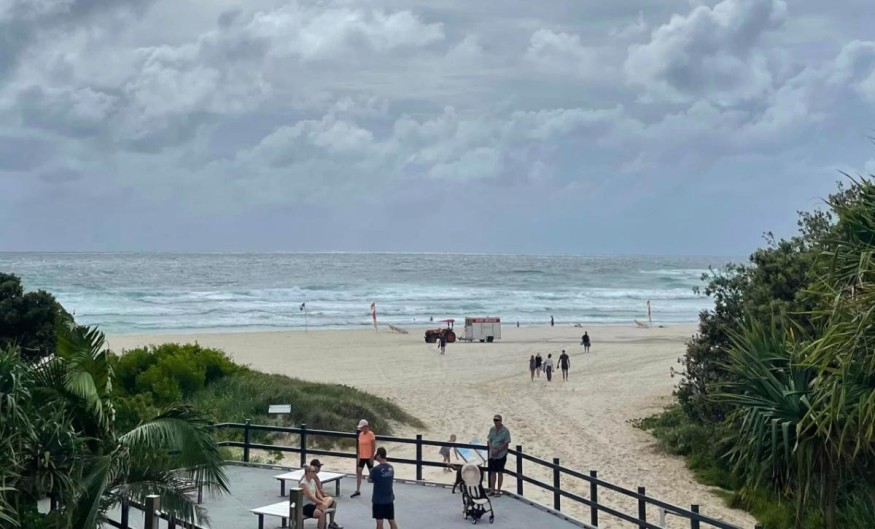
In December 2024, 15-year-old surfer Khai Cowley was killed near Ethel Beach in South Australia. Just a month later, in January 2025, Lance Appleby, 28, lost his life while surfing at Granites Beach, also in South Australia.
Then, in February, a teenage girl was fatally attacked at Warren Beach in Queensland. The fatal incidents didn't end there. Most recently, in March 2025, Steven Payne, another surfer, was killed at Wharton Beach in Western Australia.
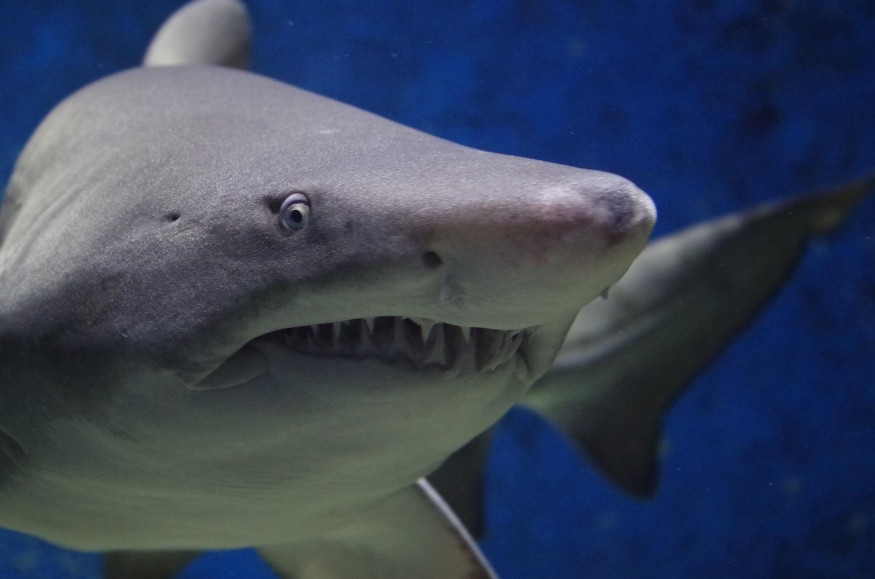
Furthermore, the tension between safety and coexistence will continue as beachgoers and surfers increasingly share the ocean with marine life.
As Brad Ross recovers from his terrifying brush with a Great White, it's clear that as long as humans enter shark habitats, risk remains. And in the times when viral clips like the fabricated 'Jessica Radcliffe shark attack' video stoke fear with AI-generated drama, real encounters like the one at Cabarita remind the world that the ocean's risks are not fiction.
Originally published on IBTimes UK
This article is copyrighted by IBTimes.co.uk, the business news leader



